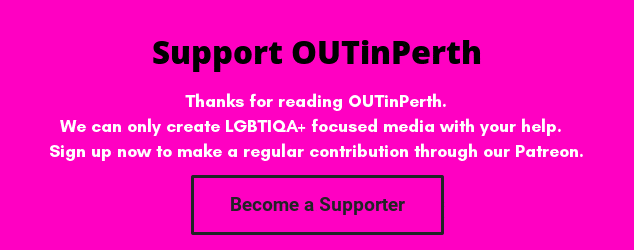
Researchers in the USA have tackled the challenge of new infections of HIV among young gay and bisexual men by focussing on their behaviour on mobile phone dating apps.
In 2016 in the USA gay, bisexual and other men who have sex with men accounted for the large majority of new cases of HIV. Sixty seven percent of new cases of HIV are from this group. Within the category of people aged 13-24, 81% of the new cases are from the male to male sexual activities. Researchers refer to this group as Young, Gay, Bisexual and Men Who Have Sex with Men (YGBMSM).
For these young people exploring their first romantic and sexual relationships, the internet and mobile phone dating and hook-up apps are the most common place they meet.
Researchers from the University of Pennsylvania’s School of Nursing developed an online tool that got people to access what their expectations were before they engaged with online dating and found that people made better sexual health choices.
They created the ‘My Desires & Expectations’ (myDEx) tool to address cognitive and emotional factors that influence young people’s sexual decision-making when seeking partners online. myDEx was pilot tested in a randomized trial over 90 days with 180 participants. Results of the study were recently published in AIDS & Behavior.
Professor José Bauermeister, who headed the study, said that the preliminary results were encouraging.
“Preliminary results suggest that the YGBMSM who used myDEx reported greater trends in sexual risk reduction, improvements in HIV prevention behaviors, and noted positive changes in their emotional and cognitive decision-making,” Professor Bauermeister said. “This intervention highlights the need for supportive digital environments where YGBMSM can access and practice how to integrate HIV prevention behaviors in their online dating practices.”
Thoise participants using the myDEx tool reported that they had more access to useful HIV prevention information, it helped them make better choices about relationships, improved their communication skills, and improved their ability to meet the type of partner they look for.
The researchers are now exploring opportunities to have to tool made available to a wider audience, but their findings show that HIV education plans need to keep up with changing technologies and behaviours.
OIP Staff






